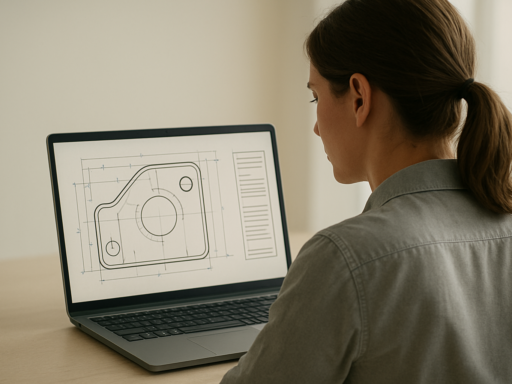Researchers at the University of Cambridge have developed a smartphone app capable of measuring a user’s body fat and potential susceptibility to related health conditions.
Trained using the medical imaging data of more than 12,000 adults, the 3D BodyShape app is powered by an AI algorithm that determines a user’s body composition based on uploaded photographs. Rather than a substitute for professional medical help, the software is designed as a tool for helping people monitor their health, and make lifestyle changes before it’s too late.
“Poor metabolic health is highly correlated with body shape and composition – how and where fat and muscle is distributed on the body, but it’s also strongly correlated with poor quality of sleep and high stress levels,” said Professor Roberto Cipolla from Cambridge’s Department of Engineering, who led the research. “Genetics also plays a role, but many diseases are preventable with lifestyle and behaviour.”
Healthcare monitoring on your smartphone
For a long time, medical professionals used your Body Mass Index or ‘BMI’ to assess whether you were overweight and needed to make lifestyle changes. But BMI doesn’t account for the differences between fat and muscle, causing it to fall out of favor as a health indicator.
Given that body composition is important to predicting vulnerability to cardiovascular disease, the race is on to develop another means of high-accuracy measurement.
The researchers’ alternative takes the form of a machine learning algorithm trained with 20,000 DXA (dual energy X-ray absorptiometry) scans that show how patients’ bodies changed over time. Once presented with a photo-generated avatar, the technology is capable of both accurately identifying body composition, and projecting how this might progress.
This software is now available in the form of an iOS and Android smartphone app, which allows users to build an avatar from as little as four photos, and analyze their own physique. According to research paper co-author Dr Emanuella De Lucia Rolfe, the accessible nature of the app lends it significant potential as a means of democratizing access to diagnostic tools.
“In clinical assessments, we use more accurate methods of body composition, but these are expensive and only available in research or healthcare facilities, and so are not suitable for regular health monitoring,” added Dr De Lucia Rolfe. “This new tool has the potential to provide similar information for everybody with a smartphone whenever they want it and for free.”
Targeting even greater reliability
To make their app a viable clinical pre-screening tool, the researchers say they’re looking to expand on the dataset behind their algorithm. Previously, their data included hip, height, weight and body fat measurements from 30-65 year olds, but these were taken from a non-diverse patient group. Now they’re looking to diversify to ensure their app’s usability for all.
“The Fenland study predominantly includes White Europeans, and we now need to test this method in other populations,” concluded De Lucia Rolfe. “The distribution of body fat and muscle varies by age and ethnicity, and we need to check how well we are picking these differences up with this 3D body shape method. This is our next project.”
Overall, the research was supported in part by the Medical Research Council (MRC), part of UK Research and Innovation (UKRI), Wellcome, the National Institute for Health Research (NIHR), and the NIHR Biomedical Research Centre.
You can access the full research paper here.






